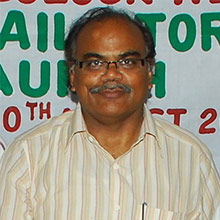Background
Handloom sector is known as a very old textile production mode. In the last 100 years,it has accommodated many socio-economic changes in its fold, and yet has been able to provide employment to lakhs of families in India. However, the changes in the last decade have been tumultuous and revealing. Growth of handloom sector in the last decade and half has become a challenge, and sustenance of livelihoods in this sector has become a major goal for both the government and others.
The`
Time warp has been hitting these characteristics. It is also bringing to light the hollowness of growth strategies and is also questioning the established premises and models of business and product development.
This paper is an attempt to look at these growth strategies and tries to bring in afresh perspective that needs to be debated and adopted widely.
The author is Independent Textile Analyst








Comments